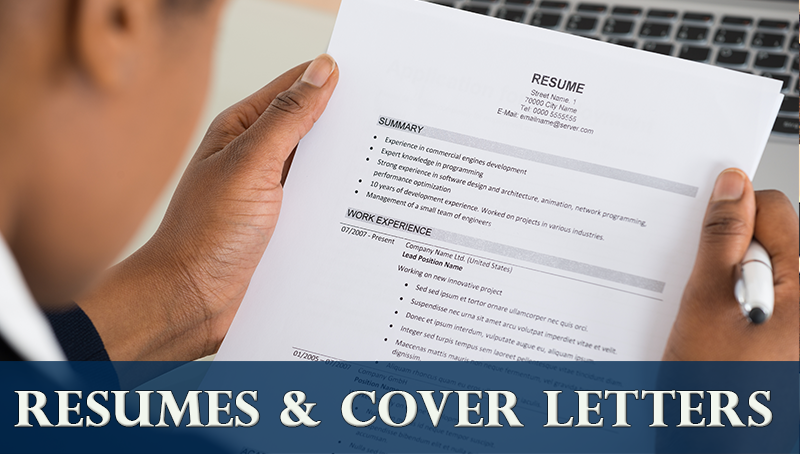The Differences Between a Cover Letter vs Resume Explained
When it comes to applying for a job, two key documents can make or break your chances: the cover letter vs resume. While both are essential components of a job application, they serve different purposes and highlight different aspects of your qualifications and experience.
The Purpose and Content of a Resume
Let’s start with the resume. Your resume is a concise summary of your work experience, education, skills, and achievements. It provides a snapshot of your professional background and showcases why you are a qualified candidate for the job. Your resume should be tailored to the specific job you are applying for, highlighting the most relevant information that demonstrates your fit for the position.

The Purpose and Content of a Cover Letter
On the other hand, a cover letter is a personalized introduction to your resume. It allows you to explain why you are interested in the job, what skills and experience you bring to the table, and why you are a good fit for the position. A well-written cover letter goes beyond the bullet points on your resume, providing context and insight into your qualifications and motivations.
Structural Differences Between Resumes and Cover Letters
While a resume is typically structured in a chronological or functional format, a cover letter allows you to tell a story and connect the dots between your past experiences and the job you are applying for. It is your opportunity to showcase your personality, enthusiasm, and communication skills, which may not be evident from your resume alone.
Length and Formatting Differences
In terms of length, resumes are typically one to two pages long, depending on your level of experience. They should be concise and to the point, highlighting your most relevant accomplishments and skills. Cover letters, on the other hand, are usually one page long and should be personalized to the specific job and company you are applying to.
Key Differences in Formatting and Structure
One key difference between a resume and a cover letter is their formatting and structure. While a resume follows a standardized format with sections for education, work experience, skills, and achievements, a cover letter is more fluid and allows for more creative expression. You can use paragraphs, bullet points, and headings to organize your thoughts and highlight key points.

Understanding Your Audience
Another important distinction between a cover letter and a resume is their audience. Your resume is typically read by hiring managers and recruiters who are evaluating your qualifications for a specific job. In contrast, your cover letter is often read by a broader audience, including hiring managers, HR professionals, and potential colleagues, who are looking for more insight into who you are as a person and as a professional.
Conclusion: Maximizing Your Chances of Success
In conclusion, while a resume and a cover letter are both essential components of a job application, they serve different purposes and highlight different aspects of your qualifications and experience. Your resume provides a snapshot of your professional background and skills, while your cover letter allows you to tell a story and showcase your personality and enthusiasm. By understanding the differences between a resume and a cover letter and knowing how to effectively use both documents, you can increase your chances of success in the job search process.








